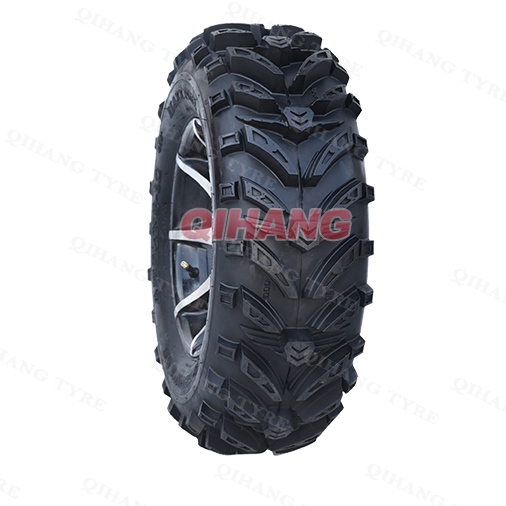The basic performance requirements of agricultural tires can be summarized as follows:
1. Driving speed: Compared with load-bearing tires, agricultural tires have relatively low driving speed requirements. This is because agricultural tires are mainly used for tractors, combine harvesters and agricultural machinery vehicles, etc., and these equipment usually do not travel fast in farmland.
2. Mechanical strength and wear resistance: Although agricultural tires do not have as high requirements for mechanical strength and wear resistance of rubber as load-bearing tires, they also need to have certain wear resistance to cope with complex road conditions and long-term use in farmland.
3. Puncture resistance and tear resistance: Since agricultural tires need to adapt to different road conditions, such as obstacles such as stones and branches, the puncture resistance and tear resistance of the rubber used are required to be high. This helps to reduce damage and failure of tires during use.
4. Aging resistance: Agricultural tires need to withstand long-term outdoor use, so they also have high requirements for their aging resistance. High-quality agricultural tires can resist the influence of environmental factors such as ultraviolet rays and high temperatures, and extend their service life.
5. Adaptability and stability: Agricultural tires need to adapt to different farmland terrain and climatic conditions, such as wetlands, muddy land, slopes, etc. At the same time, when driving at high speeds and turning, the tires need to remain stable to ensure the safe operation of agricultural machinery.
In actual production, improper selection of raw materials for agricultural tires can easily lead to problems such as pattern block loss, tread cracks, and side cracks during use. Therefore, when choosing agricultural tires, it is necessary to comprehensively consider the above basic performance requirements and select suitable tire specifications, materials, and structures to ensure their reliability and efficiency in agricultural production.


